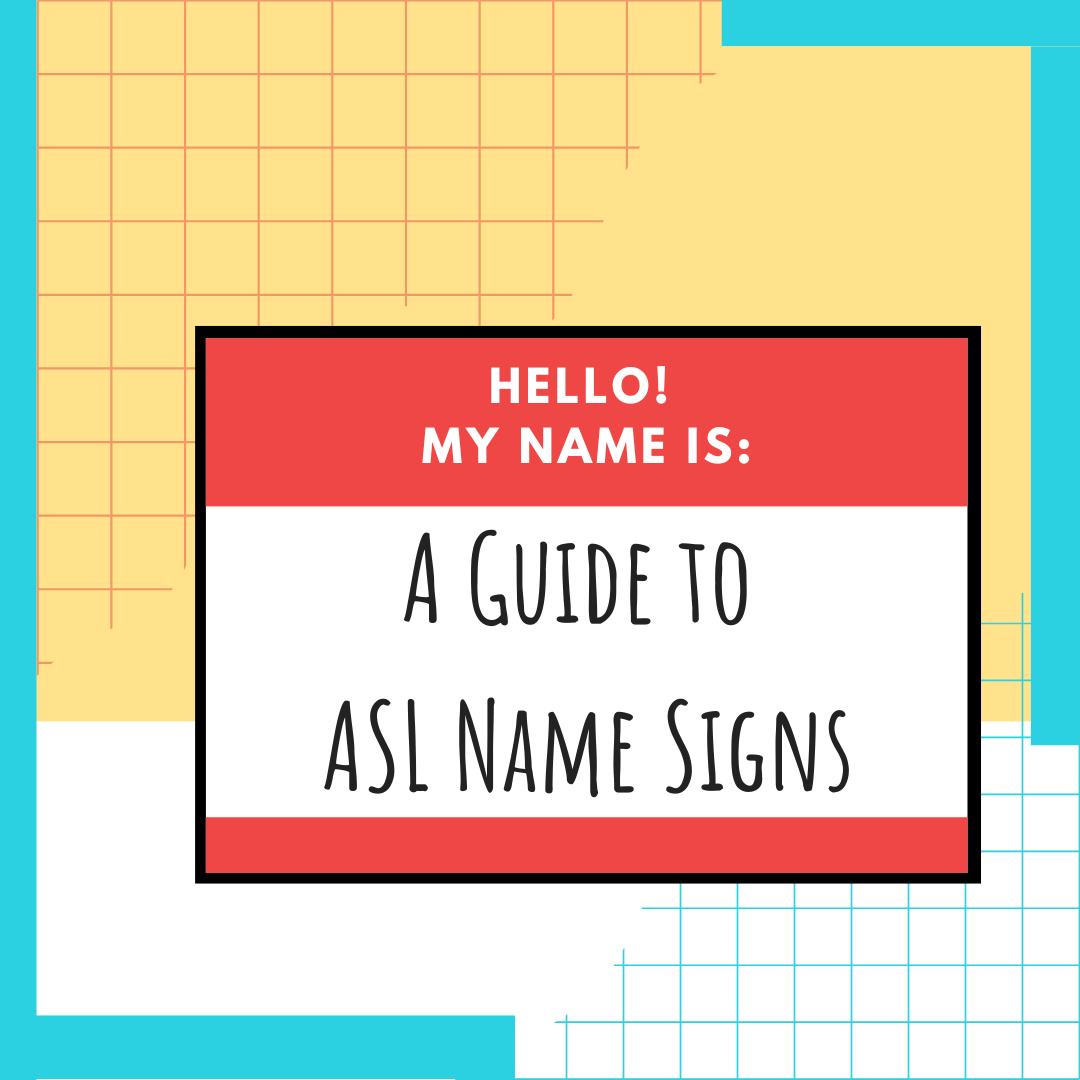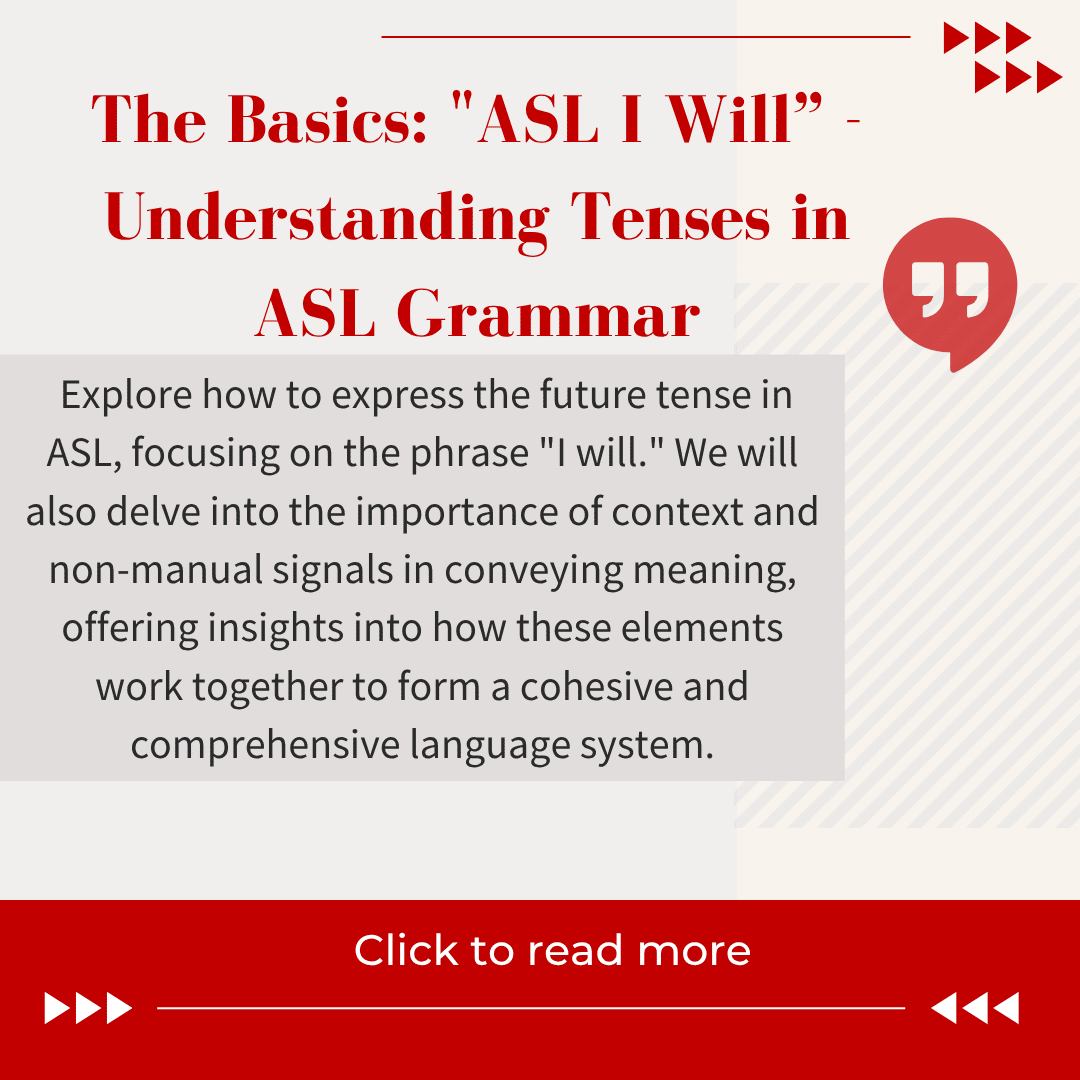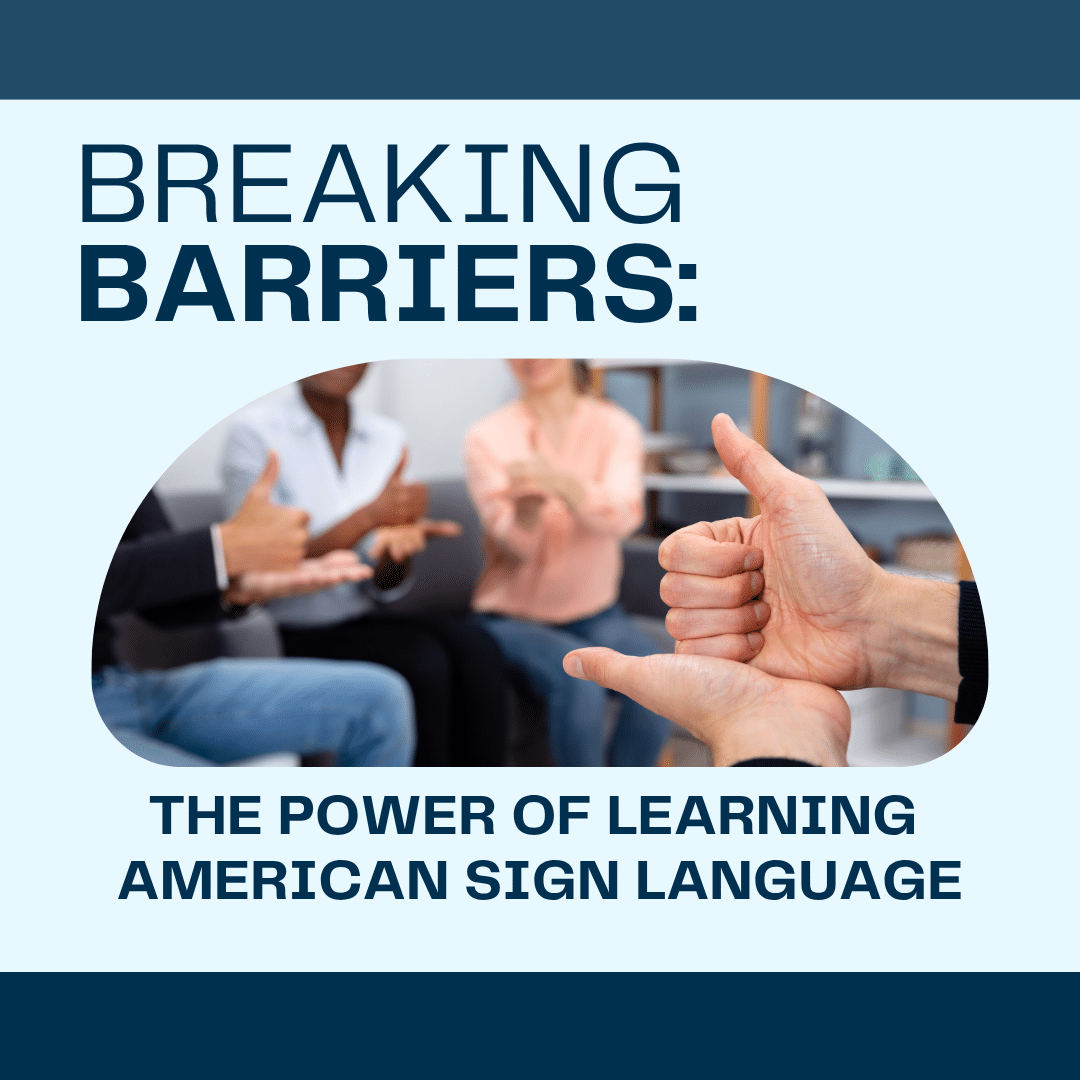
Deaf Students in the Mainstream Classroom: Best Practices for Educators
- by Michelle Jay
by Lisa Baker (03/11/2020)
It is widely believed in the Deaf community that deaf children should have access to American Sign Language, Deaf role models, and one-on-one interactions with teachers and peers, both hearing and deaf (Jay, p. 56). Some might say that the easiest way to access all of these needs would be through residential schools for the deaf, day schools, or in self-contained classrooms. However, many deaf children do not reside in areas with access to these types of schools, therefore a large number of deaf children attend mainstream schools. Additionally, since the introduction of the Individuals with Disabilities Education Act (IDEA) in the US, which encourages full participation in public schools (US Department of Ed, 2015), many parents are choosing to send their son/daughter to mainstream schools. In order to support the language and literacy development of deaf students, classroom teachers need to consider three things; the physical learning environment, strategies for literacy and language development, and the education and involvement of all members of the school community on inclusion and Deaf culture. Once all of these factors are in place, understanding the individual needs of each deaf student will help shape his/her individual education plan.
The physical environment of a classroom is the first step in providing conducive and successful learning opportunities for a student who is deaf. Two of the challenges deaf students face in mainstream classrooms are classroom acoustics and lighting (Weber, 2016). Deaf students rely on visuals to help them comprehend and understand lessons, therefore ambient noises and bad lighting can hinder their learning. The Laurent Clerc National Deaf Education Center suggests providing flexible seating options for both seeing and hearing (i.e. not near a furnace or air conditioning unit), as well as adequate lighting (2015). Having the lights off in a classroom can prevent the student from seeing the teacher or an image on the board. Also, standing in front of a window will prevent the student from noticing facial expression and cues from the teacher that will help him/her comprehend what is being said. Taking these physical factors into consideration will set the stage for optimal learning for deaf students.
It is widely argued that if a deaf student has a high level of knowledge of his/her own language (in this case American Sign Language), they will be able to attain a high level of knowledge of the English language (Canadian Association of the Deaf, 2015). Therefore, it is imperative that educators of deaf or hard of hearing students provide opportunities for the student to use and access ASL, while providing extra support and adaptations for learning English. Dostal, Gabriel, and Weir suggest two principles to support literacy learning in mainstream schools; optimize access to content and conversation, and make the content and thinking visual (p. 333). Slowing down conversations and class discussions, pointing to or naming the speaker before they start talking, then repeating what they say before moving on, will help the deaf student be an active participant. Understanding and using the technology that benefits the student, as well as using visuals when discussing new vocabulary or concepts will also help support student learning. Additionally, all of these suggestions can benefit not just the deaf student, but those students in the class who are visual learners, or need more time to process a question or comment during discussions.
There is an ongoing debate on whether mainstream schools or schools for the deaf are better for deaf students in regards to socialization. Mainstream schools prepare deaf children for the real world, and enable them to develop the necessary skills for communicating and working with hearing people (Leppert, 2014). However, mainstream schools can be very isolating and lonely for deaf students, especially if they’re the only deaf or hard of hearing student in the school. They may also have limited access to deaf members of their community, and will not be able to immerse themselves in the Deaf Culture, or be able to fully understand it. Therefore, it is crucial that mainstream schools find ways to provide an inclusive and understanding environment for deaf students. This means involving not just the students and teachers in the classroom, but everyone in the school. Providing lessons or information on Deaf Culture, and simple sign language that everyone can use will help make the school environment more inclusive for deaf students.
A deaf student’s education plan should focus on communication, language acquisition, and socio-emotional development (Manitoba Education, Citizenship and Youth, p. 62). Each of these domains require expertise and input from family members, educators, administrators, and other service providers such as deaf consultants and speech-language pathologists. Therefore, it is extremely important that the whole educational team collaborates and communicates effectively. Together, the team can develop a well-rounded, student-focused plan that will provide the best learning experience for the student. An education plan should include factors like the physical environment in order to set the stage for success, as well as the inclusion of visuals and classroom expectations that can increase student involvement and literacy development. Lastly, educating all staff, administration, and students in Deaf Culture and language will ensure a positive, inclusive, and successful learning experience for a student who is deaf. Taking into consideration the physical environment, literacy development, and the inclusion of all members of a school community, educators can provide a deaf student with the necessary tools for optimal learning.
Works Cited
1. Canadian Association of the Deaf. Article 24, Education. July 3, 2015. http://cad.ca/issues-positions/education/
2. Dostal, H., Gabriel, R., and Weir, Joan. “Supporting the Literacy Development of Students Who Are Deaf/Hard of Hearing in Inclusive Classrooms.” The Reading Teacher, Vol. 71, No. 3, November/December 2017. EBSCOHOST.
3. Individuals with Disabilities Education Act. “About IDEA.” US Department of Education, 2015. https://sites.ed.gov/idea/about-idea/
4. Jay, Michelle. Don’t Just “Sign”…Communicate! : A Student’s Guide to ASL and the Deaf Community. Judea Media, LLC – Los Angeles, California, 2011.
5. Laurent Clerc National Deaf Education Center. “Tips to Go: Supporting Students who are Deaf or Hard of Hearing, Recommended Practices in a General Education Setting.” Gallaudet University, 2015. https://www3.gallaudet.edu/clerc-center/tips-to-go.html
6. Leppert, Maggie. “Mainstream Deaf Education.” Lifeprint, August 3, 2014. https://www.lifeprint.com/asl101/topics/mainstream-deaf-education.htm
7. Manitoba Education, Citizenship, and Youth. Educators’ Resource Guide: Supporting Students who are Deaf and/or Hard of Hearing. Education Manitoba, 2009.
8. Weber, Marilyn. “10 Challenges Deaf Students Face in the Classroom.” Getting Smart, August 21, 2016. https://www.gettingsmart.com/2016/08/10-challenges-deaf-students-face-in-the-classroom/
Start Learning ASL Today!
 Ready to start learning real American Sign Language and not just basic signs? Do you want to be a part of the vibrant Deaf community? Check out our Free ASL 1 Course or our Complete 4-Level ASL Course options and start learning ASL today!
Ready to start learning real American Sign Language and not just basic signs? Do you want to be a part of the vibrant Deaf community? Check out our Free ASL 1 Course or our Complete 4-Level ASL Course options and start learning ASL today!








